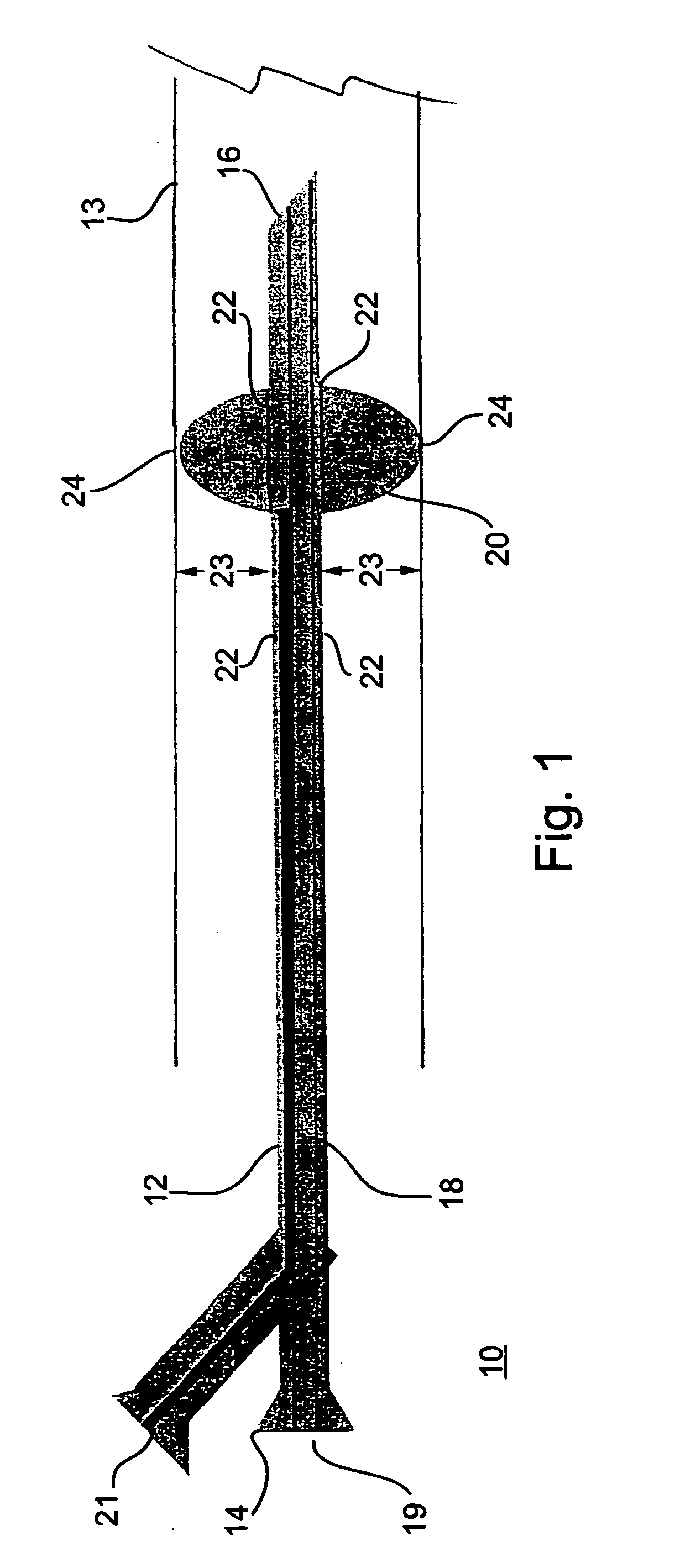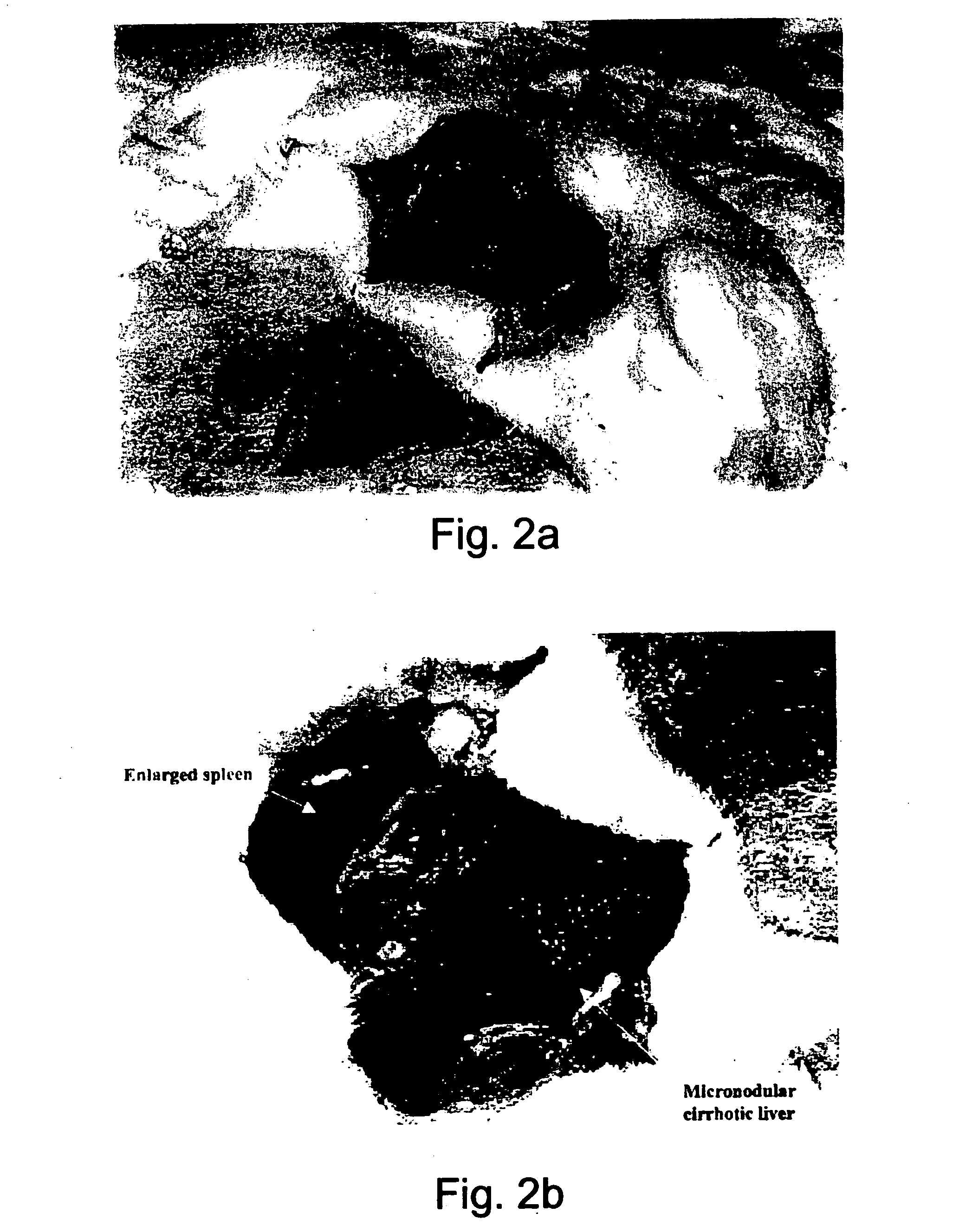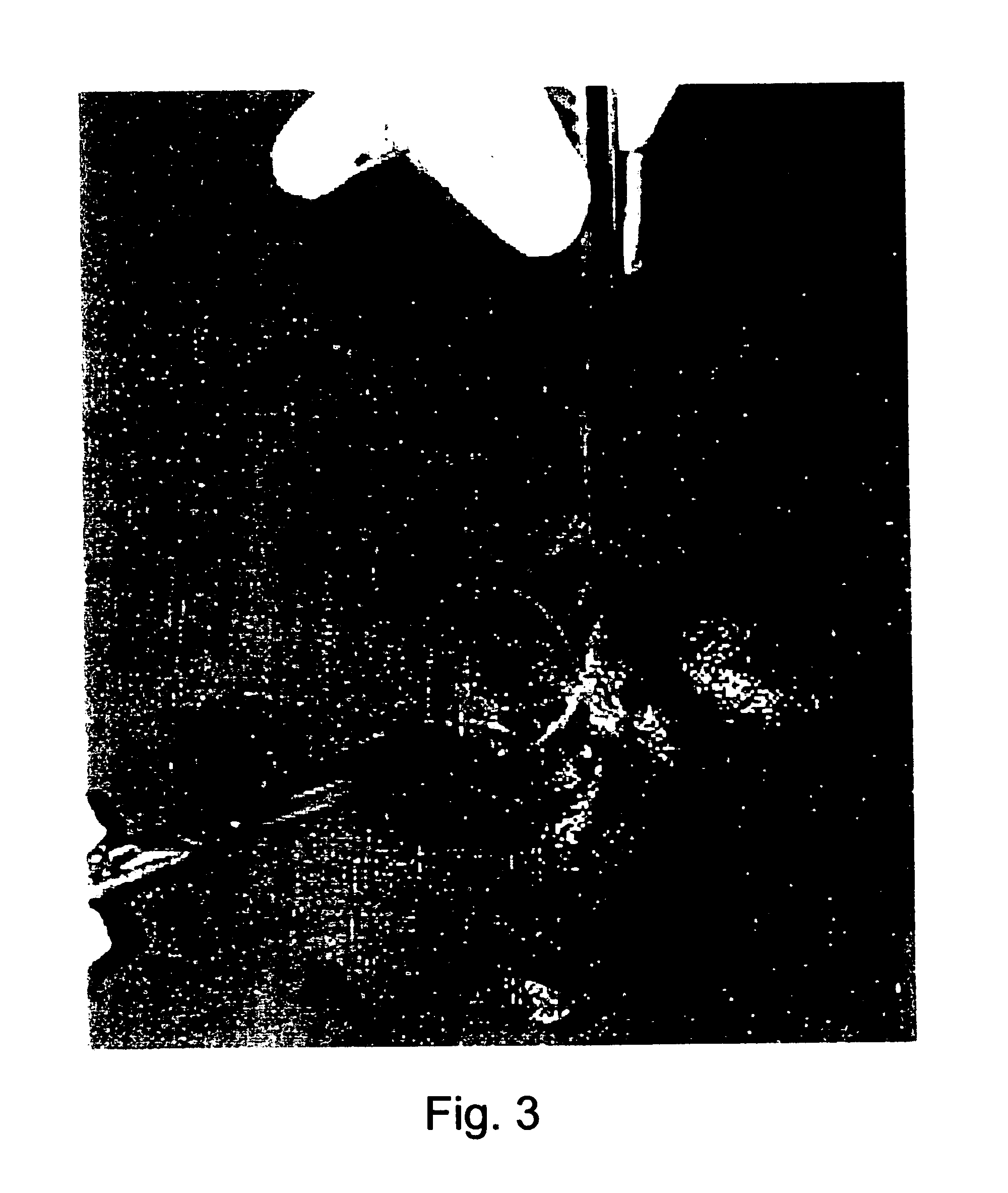Nucleic acid constructs cells transformed therewith and methods utilizing same for inducing liver regeneration and alleviation of portal hypertension
a technology of nucleic acid and constructs, which is applied in the field of nucleic acid constructs, can solve the problems of high blood pressure, inability of diseased organs to perform vital functions, and increased risk of liver cirrhosis in patients subject to inborn metabolic abnormalities
- Summary
- Abstract
- Description
- Claims
- Application Information
AI Technical Summary
Problems solved by technology
Method used
Image
Examples
example 1
Preparation and Expression Analysis of Adenoviral Vectors Expressing the VEGF.sub.165 cDNA, HGF cDNA and the Bacterial .beta. Galactosidase Gene
[0136] Recombinant adenoviral vectors expressing either bacterial Lac Z (.beta.- galactosidase) (Weisz et al, Circulation 2001, in press), human VEGF.sub.165 gene (Genbank Accession number AB021221) or human HGF gene (Genbank Accession number M29145) (rAdLacZ, rAdVEGF, respectively) were constructed using commonly practiced molecular cloning techniques.
[0137] To construct the bacterial .beta.-galactosidase expressing plasmid, a 3700 bp HindIII-BamHI .beta.-galactosidase DNA fragment was inserted into pCA3 (Weisz et al, Circulation 2001, in press) under the control of a CMV promoter. A 600 bp BamHI DNA fragment containing the human VEGF.sub.165 cDNA (gift of Dr. J. Abraham), including the secretion signal sequence was similarly inserted into pCA3.
[0138] The pCA3 plasmids containing either the VEGF.sub.165 or the .beta. galactosidase genes, we...
example 2
Generation and Analysis of Model Animals Suffering from Liver Cirrhosis Cirrhosis Induction in Rats
[0149] Carbon tetrachloride (CCl4) treatment was used to induce cirrhosis in Sprague-Dawley rats, which served as a first group of model animals. Twenty doses of CCl4 [50% (vol / vol) solution in mineral oil, 0.5 ml / kg body weight] were administered intra muscularly (i.m.) into the gluteal region every 5 days. A sodium phenobarbitone solution (500 mg / L in drinking water) was administered for 7 days prior to and during this CCl4 treatment (FIGS. 2a-3).
[0150] Liver tissue from the treated animal was excised and fixated in buffered formaldehyde (McLean E. K., et al, 1969; Proctor E. et al, 1982) and the presence and degree of cirrhosis in the liver tissue was determined by histopathological examination (FIGS. 4a-c).
[0151] Portal Vein Pressures Analysis:
[0152] Treated animals were anesthetized via i.m. administration of 30 mg / kg ketamine and 2 mg / kg xylazine. Following anesthesia, the abdomi...
example 3
Transformed Cell Analysis
[0168] Effect of VEGF Gene Transfer on Endothelial Cell & Smooth Muscle Cell Proliferation
[0169] HSVEC (Human saphenous vein endothelial cells, Weisz et al, Circulation 2001 in press) cells infected with the rAdVEGF expression vector described hereinabove (10.sup.3 pfu per cell) exhibited an increased cell proliferation rate as compared to rAdLacZ infected control cells and uninfected cell (FIG. 13a).
[0170] In contrast, rAdVEGF infection had no effect on the proliferation rate of HSVSMC (Human saphenous vein smooth muscle cells, Weisz et al, Circulation 2001) as compared to control cells (FIG. 13b).
[0171] Similar results were obtained using the BrdU nucleotide analog incorporation method (Weisz et al., IMAJ 2000). BrdU positive HSVEC and HSVSMC cells were counted five days following infection with the adenoviral vectors described above. Counting was effected using antibodies specific against the nucleotide analog. A significant increase in BrdU positive cell...
PUM
| Property | Measurement | Unit |
|---|---|---|
| concentration | aaaaa | aaaaa |
| diameter | aaaaa | aaaaa |
| pH | aaaaa | aaaaa |
Abstract
Description
Claims
Application Information
 Login to View More
Login to View More - R&D
- Intellectual Property
- Life Sciences
- Materials
- Tech Scout
- Unparalleled Data Quality
- Higher Quality Content
- 60% Fewer Hallucinations
Browse by: Latest US Patents, China's latest patents, Technical Efficacy Thesaurus, Application Domain, Technology Topic, Popular Technical Reports.
© 2025 PatSnap. All rights reserved.Legal|Privacy policy|Modern Slavery Act Transparency Statement|Sitemap|About US| Contact US: help@patsnap.com



